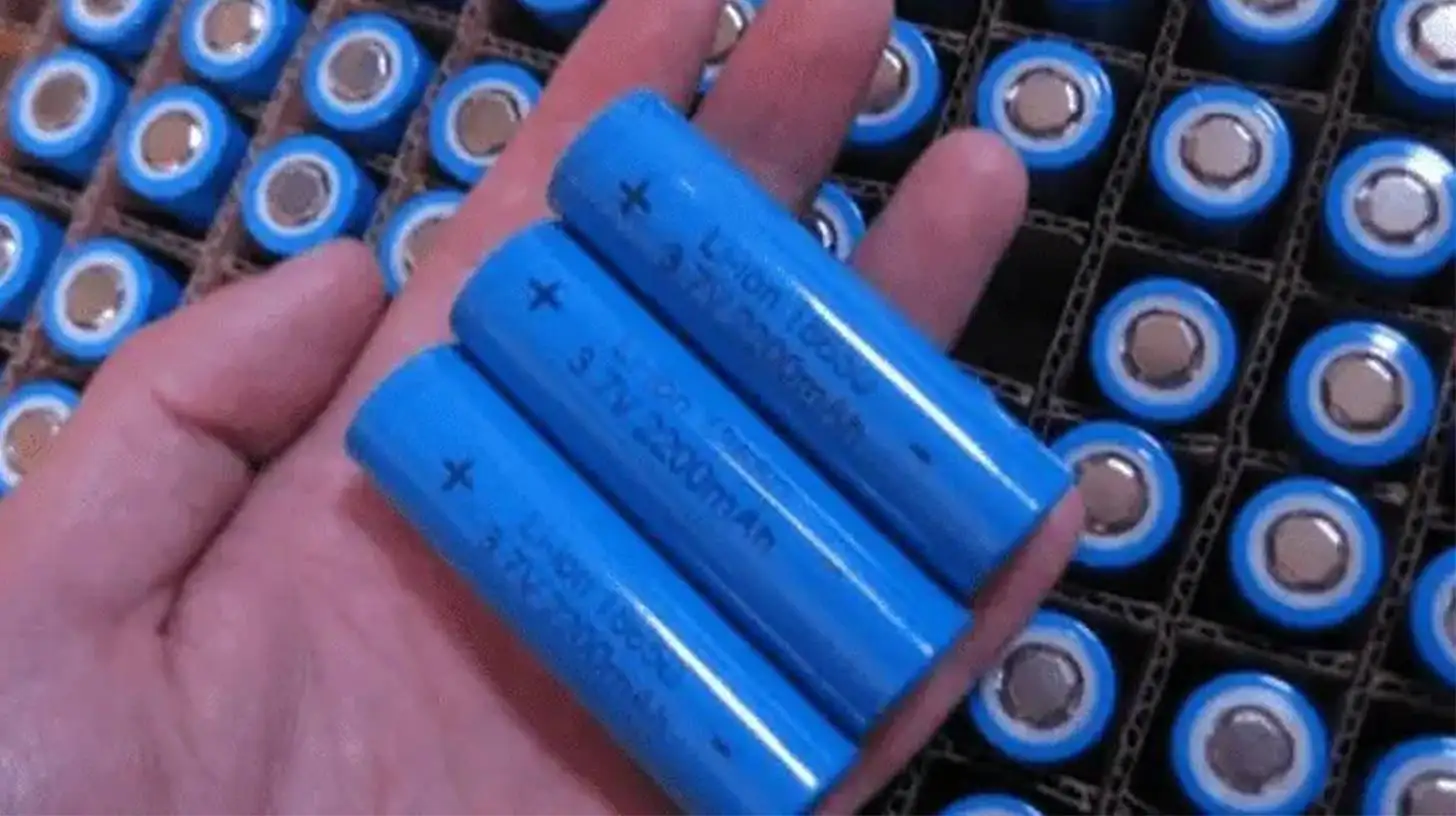Reverse polarity occurs when the positive and negative terminals of a battery are connected incorrectly. This can lead to serious damage to electrical components, including fuses, circuits, and even the battery itself. Understanding reverse polarity is crucial for preventing costly repairs and ensuring safe operation of electronic devices.
How Can You Identify Reverse Polarity in a Battery?
Identifying reverse polarity involves checking the connections and voltage readings:
- Visual Inspection: Look for signs of corrosion or burnt components at the terminals.
- Voltage Measurement: Use a multimeter to check if the voltage reading is negative; this indicates reverse polarity.
What Are the Risks Associated with Reverse Polarity?
Connecting a battery with reverse polarity can cause various risks:
- Damage to Electronics: Sensitive components may fail or be permanently damaged.
- Fire Hazard: Overheating can lead to fires, especially in lithium-based batteries.
- Battery Damage: Internal short circuits can result in swelling or leaking.
How to Fix a Reverse Polarity Battery Connection?
To fix reverse polarity safely:
- Disconnect Power: Immediately disconnect the battery from the circuit.
- Inspect Components: Check for any damaged parts that may need replacement.
- Correct Connections: Reconnect the battery with the correct polarity—positive to positive and negative to negative.
Why Should You Use Protection Against Reverse Polarity?
Using protective devices can prevent reverse polarity issues:
- Fuses: Install fuses that will blow if reverse polarity occurs, protecting sensitive components.
- Diodes: Use diodes in circuits to prevent current from flowing in the wrong direction.
What Should You Do If Damage Has Occurred?
If damage has occurred due to reverse polarity:
- Assess Damage: Check all connected devices for functionality.
- Replace Damaged Components: Replace any blown fuses or damaged circuit boards.
- Test System: After repairs, test the system thoroughly before reconnecting power.
How Can You Prevent Reverse Polarity Issues in the Future?
Preventive measures include:
- Clear Labeling: Clearly label battery terminals and connections.
- Use Color-Coded Cables: Employ red for positive and black for negative connections.
- Educate Users: Ensure that anyone handling batteries understands proper connection procedures.
Industrial News
Recent developments in battery technology emphasize safety features designed to mitigate risks associated with reverse polarity. Manufacturers are increasingly integrating smart technology into batteries that can detect incorrect connections and prevent operation until corrected. This innovation aims to enhance user safety and reduce equipment damage in various applications, from automotive to consumer electronics.
Redway Expert Insights
“Understanding how to handle reverse polarity situations is essential for anyone working with batteries,” states John Redway, an automotive expert. “Implementing preventive measures not only protects your devices but also enhances overall safety during operation.”
FAQ Section
What happens if I connect a battery backwards?
Connecting a battery backwards can damage electrical components, create fire hazards, and potentially ruin the battery itself.How can I fix a reverse polarity issue?
To fix it, disconnect the power immediately, inspect for damage, and reconnect the battery correctly.What are signs of reverse polarity?
Signs include negative voltage readings on a multimeter and visible damage or corrosion at terminals.Can I use my device after fixing reverse polarity?
Only use your device after ensuring all damaged components have been replaced and the system has been tested for functionality.



